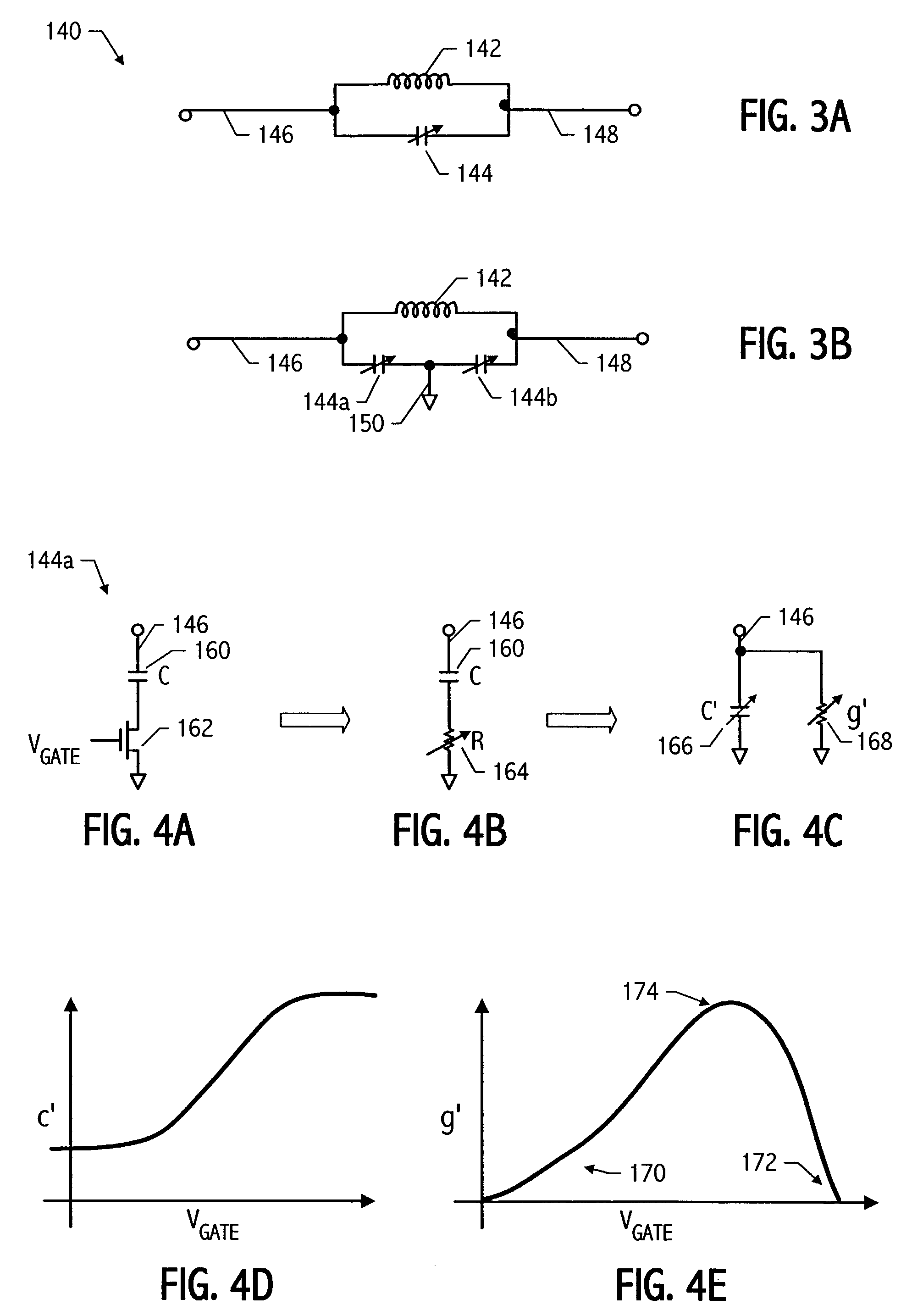Feedback system incorporating slow digital switching for glitch-free state changes
a technology of digital switching and feedback system, applied in the direction of digital transmission, pulse automatic control, oscillator generator, etc., can solve the problems of large amount of printed wiring board space, high cost of discrete implementation, and difficulty in achieving the performance required of modern systems, and the effect of increasing the vco gain
- Summary
- Abstract
- Description
- Claims
- Application Information
AI Technical Summary
Benefits of technology
Problems solved by technology
Method used
Image
Examples
Embodiment Construction
)
[0040]Referring now to FIG. 2, a generalized block diagram is shown of an exemplary PLL 130 configured for a clock and data recovery application which is similar in many respects to the earlier described PLL 100, but which incorporates a second feedback loop to better accommodate gradual environmental or parametric changes in the PLL. The phase locked loop 130 includes a phase detector 102 which generates on its output node 116 an error signal which is a function of the phase difference between the input data signal and the data clock signal, and which includes data retiming circuitry to generate on an output node 114 the reconstructed data, as shown. Unless the context so requires, as used herein a “phase detector” may also refer to a phase / frequency detector. A loop filter 104 filters the output of the phase detector 102 to generate a control voltage signal on node 118. A VCO 136 is provided which includes two separate control inputs (nodes 118 and 134), and which generates on it...
PUM
 Login to View More
Login to View More Abstract
Description
Claims
Application Information
 Login to View More
Login to View More - R&D
- Intellectual Property
- Life Sciences
- Materials
- Tech Scout
- Unparalleled Data Quality
- Higher Quality Content
- 60% Fewer Hallucinations
Browse by: Latest US Patents, China's latest patents, Technical Efficacy Thesaurus, Application Domain, Technology Topic, Popular Technical Reports.
© 2025 PatSnap. All rights reserved.Legal|Privacy policy|Modern Slavery Act Transparency Statement|Sitemap|About US| Contact US: help@patsnap.com



